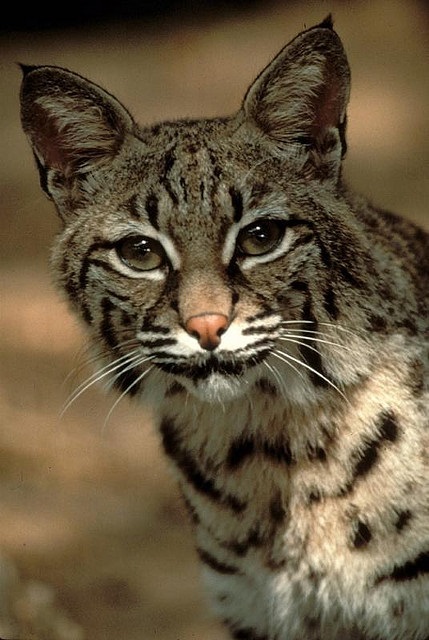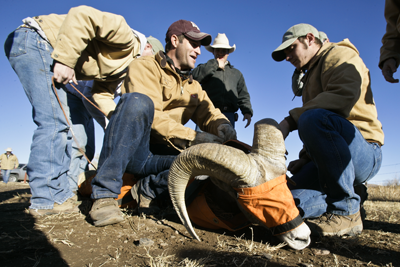TPW TV: San Jacinto Monument
Friday, February 27th, 2015This is Passport to Texas
Rising from the flat Texas wetlands along the Houston ship channel, the San Jacinto Monument is one of the most recognizable symbols of Texas history. Larry Spasic is President of the San Jacinto Museum of History Association.
14— This monument was built to be a memorial to remind us of the sacrifices of all those who fought for Texas independence. And when people come here, they see that singular vision in the San Jacinto Monument.
Watch a segment about the monument next week on the PBS TPW TV series. Russ Kuykendall, retired site superintendent, says the obelisk is a soaring monument to commemorate a small battle with huge consequences that took place on that site in 1836.
15— The monument really honors both sides of the battle – both Mexico and Texas. And, of course, independence [was] won for Texas from Mexico at this site. And so, what better site to have this magnificent monument erected to honor all of those individuals.
The San Jacinto Monument state historic site embodies the hopes and dreams of the people who fought for the future of Texas.
Watch a segment on the monument and Texas history next week on the PBS Texas Parks and Wildlife TV series.
For Texas Parks and Wildlife…I’m Cecilia Nasti
NOTE: As happens from time to time, there’s been a change in the PBS TV program schedule. The above show about the San Jacinto Monument will not air until a later date. However, you can still catch a TV segment that highlights the San Jacinto Battlegrounds, called Charlie and his Cannon through February 28 on the Texas Parks and Wildlife Television series. Check your local listings.







 Passport to Texas is a
Passport to Texas is a  Passport to Texas is made available by:
Passport to Texas is made available by: